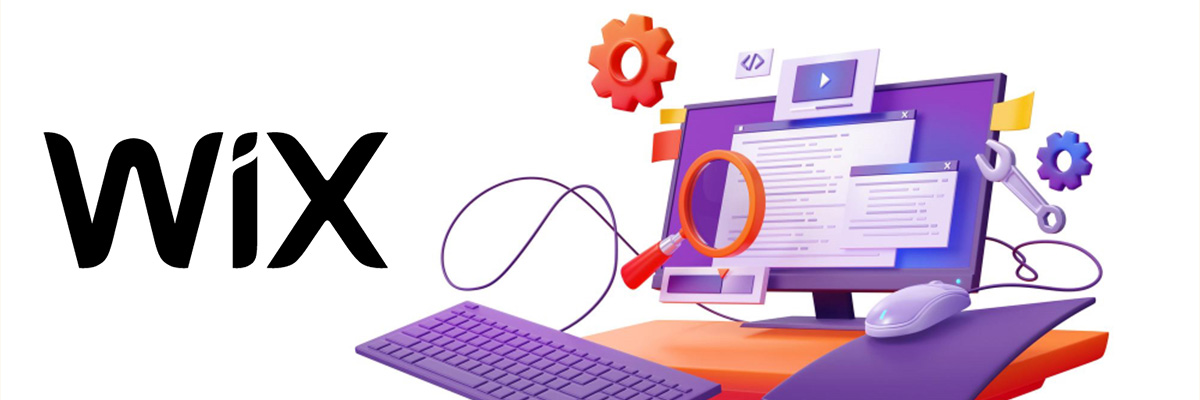
Watch this video!
Wix a great choice for individuals and small businesses
Wix is an incredibly popular website builder that offers a range of features ideal for both beginners and experienced web developers. One of the key benefits of using Wix is its intuitive drag-and-drop interface, which simplifies the process of website creation. Users can easily customize templates and add elements like images, text, and buttons without needing any coding experience. This makes Wix a great choice for individuals and small businesses who want to create a professional-looking website quickly and efficiently.
Another significant advantage of Wix is its vast library of templates and design elements. With hundreds of pre-designed templates to choose from, users can easily find a style that fits their brand or personal preferences. These templates are fully customizable, allowing users to adjust layouts, fonts, colors, and more, so the final design feels unique. Additionally, Wix's App Market offers a wide range of apps and widgets to add extra functionality, such as social media integration, e-commerce capabilities, and SEO tools.
Finally, Wix provides robust customer support and hosting services, making it a one-stop-shop for website management. The platform offers 24/7 customer service, as well as a detailed knowledge base and community forums. Wix also takes care of website hosting, ensuring that your site is secure, reliable, and fast. With automatic backups, SSL certificates, and built-in security features, users can trust Wix to provide a seamless website-building experience.
Advantages of using Wix
Wix is a versatile and user-friendly website builder that allows individuals and businesses to create professional websites with ease. Featuring a drag-and-drop interface, customizable templates, and a range of integrated tools, Wix caters to both beginners and experienced developers. Whether you're building a personal blog, an online store, or a business site, Wix offers everything you need, from hosting and security to SEO optimization and customer support, making it an all-in-one platform for creating and managing your online presence.
- User-Friendly Interface: Drag-and-drop design makes it easy to build a site without coding knowledge.
- Variety of Templates: A large selection of professionally designed templates for various industries.
- Customizability: Fully customizable design elements for a unique, personalized website.
- App Market: Access to a wide range of third-party apps to enhance website functionality.
- Reliable Hosting: Secure, fast, and reliable hosting included, with automatic backups and SSL security.
- 24/7 Customer Support: Access to support via live chat, email, and extensive knowledge resources.
- SEO Tools: Built-in SEO features to help optimize your website for search engines.
- E-commerce Features: Easy integration for building online stores with payment processing and inventory management tools.
